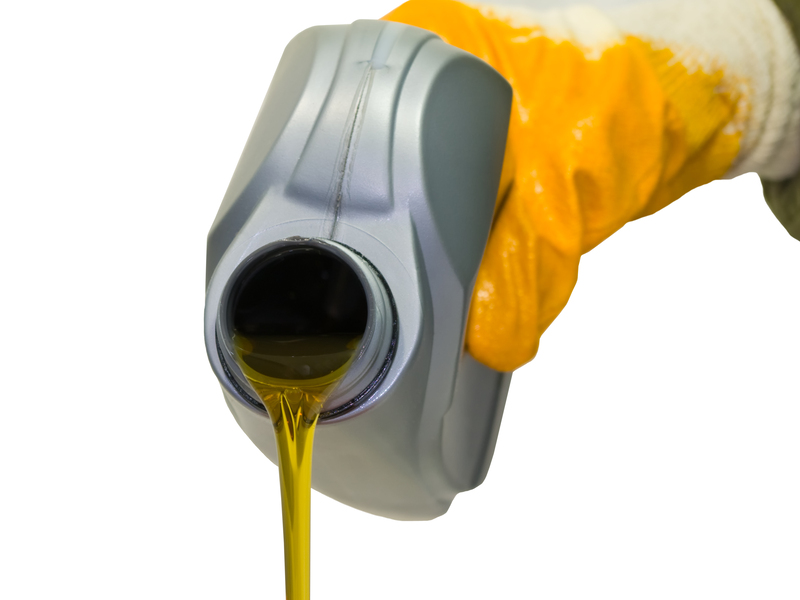Alternatives for Concrete Waste
Posted on 02/08/2024
Concrete is one of the most widely used construction materials globally, but it also contributes significantly to waste. Finding sustainable alternatives for concrete waste is crucial in addressing environmental concerns. In this article, we will explore various alternatives and their benefits for creating a sustainable future.
Recycling Concrete
Recycling concrete is one of the most common and effective methods for reducing concrete waste. Crushable concrete debris can be processed and reused in new construction projects, reducing the need for new raw materials.

Fly Ash Concrete
Fly ash is a byproduct of coal combustion industrial processes. When used as a partial replacement for cement in concrete, it not only reduces waste but also enhances the strength and durability of concrete. Fly ash concrete is an excellent sustainable alternative to traditional concrete.
Green Concrete
Green concrete, also known as eco-friendly concrete, integrates recycled materials like slag, fly ash, and other industrial byproducts. This type of concrete minimizes the need for new resources and reduces the carbon footprint associated with concrete production.
Blast Furnace Slag
Blast furnace slag is a byproduct of steel manufacturing. When ground into a fine powder, it can be used as a supplementary cementitious material to replace a portion of the cement in concrete. This not only diverts waste from landfills but also enhances the properties of the concrete.
Recycled Aggregates
Recycled aggregates are derived from crushed concrete and other construction debris. These materials can replace natural aggregates in concrete mixtures, significantly reducing the demand for new raw materials and minimizing waste.
Pros and Cons
Pros:
- Reduces landfill waste
- Conserves natural resources
- Decreases greenhouse gas emissions
- Cost-effective compared to new materials
Cons:
- May require additional processing
- Potential variability in material quality
- Limited availability in some regions
Tips for Using Alternatives
- Perform a thorough analysis to determine the best alternative material for your project.
- Consult with experts to ensure proper usage and compatibility.
- Opt for local recycled materials to minimize transportation impacts.
- Incorporate alternatives in the early design phase for better integration.

Takeaways
- Recycling concrete and using supplementary cementitious materials are effective strategies.
- Green concrete and recycled aggregates offer sustainable alternatives.
- Consider pros and cons when choosing different materials.
- Utilize expert advice and local resources for best results.
Conclusion
Utilizing alternatives for concrete waste is not only environmentally beneficial but also cost-effective. By recycling concrete, using green concrete, fly ash, and other sustainable materials, we can significantly reduce the environmental impact of construction activities. Carefully considering the available options and their inherent pros and cons will help in making informed decisions for creating a sustainable future.

 020 8610 9486
020 8610 9486










